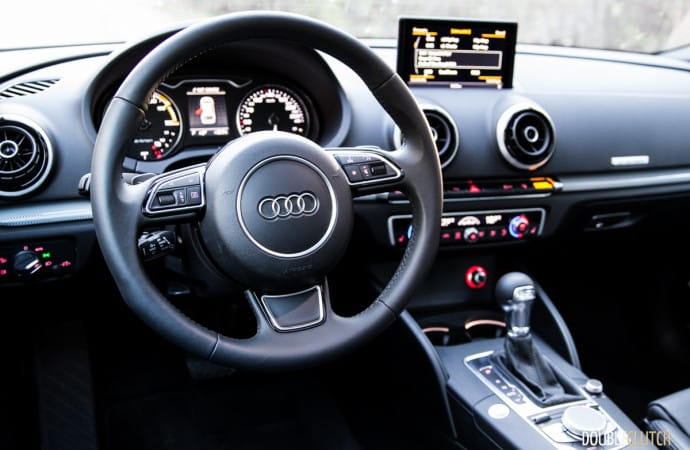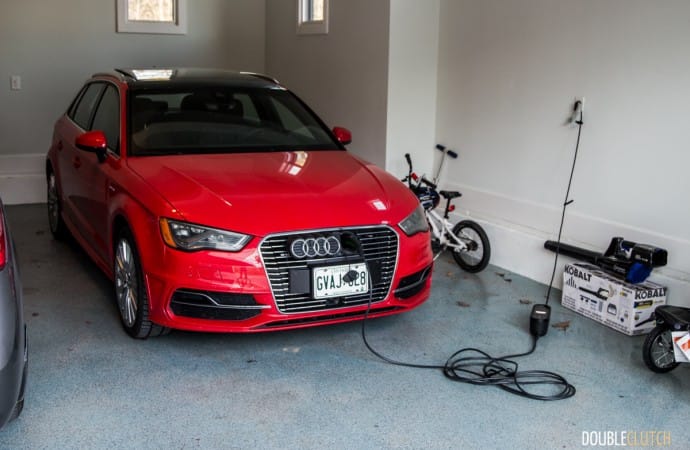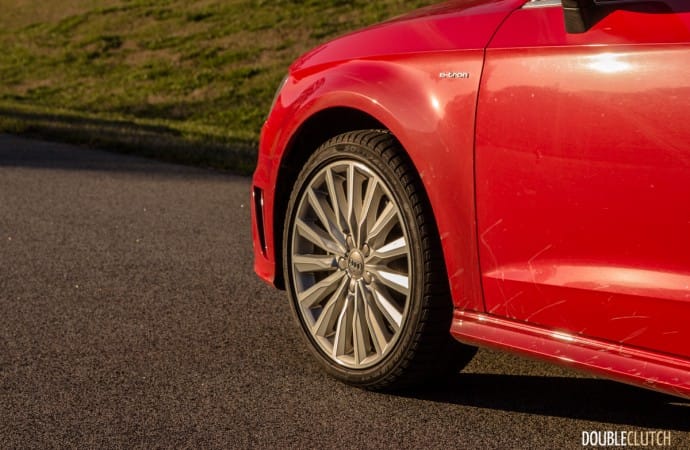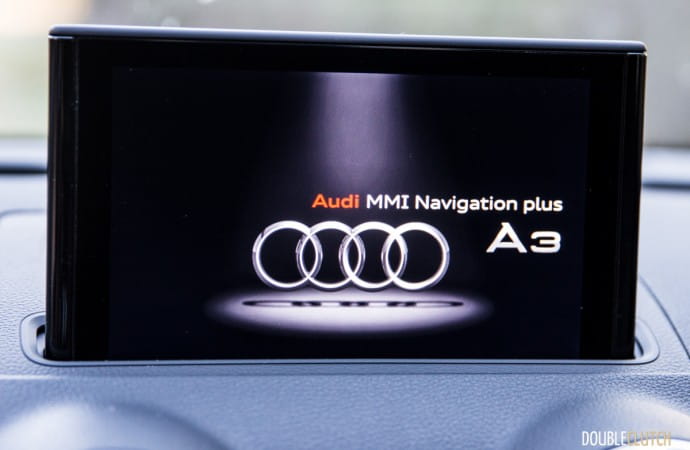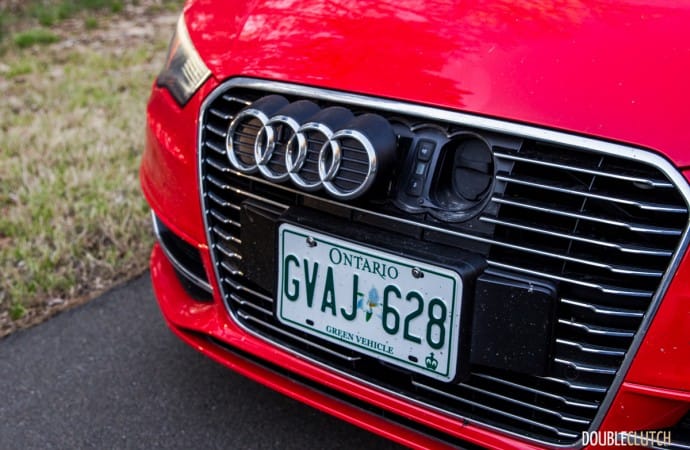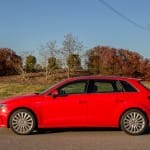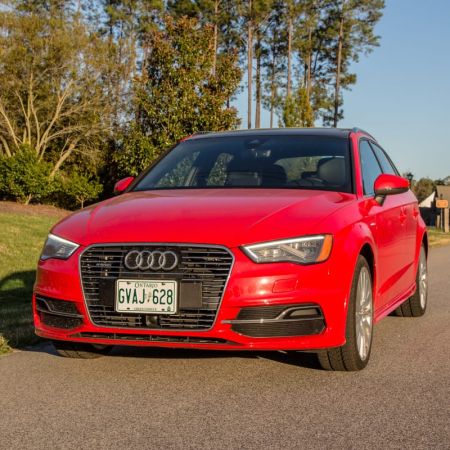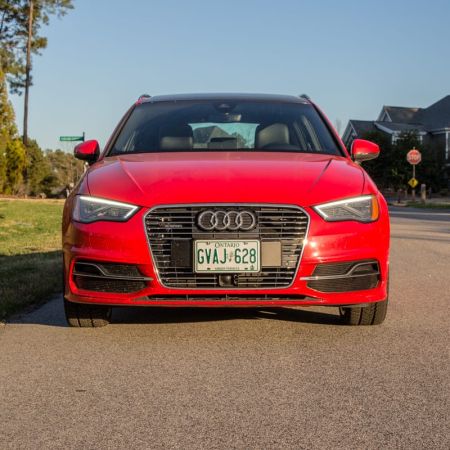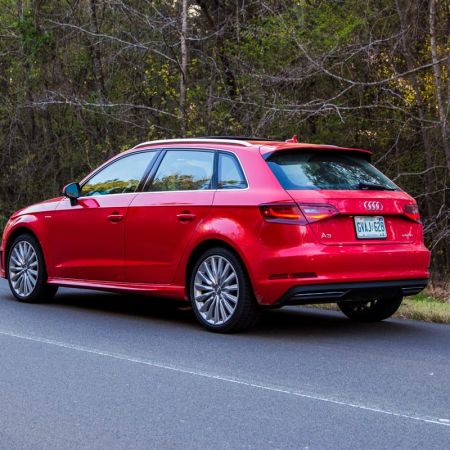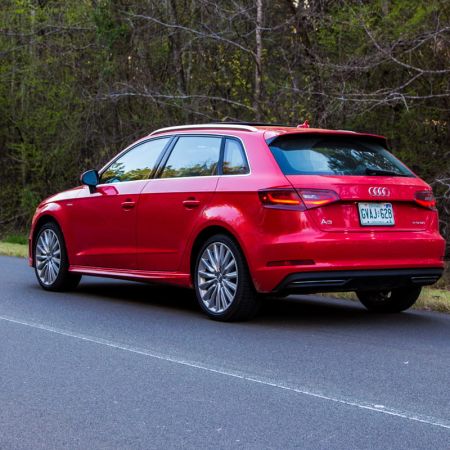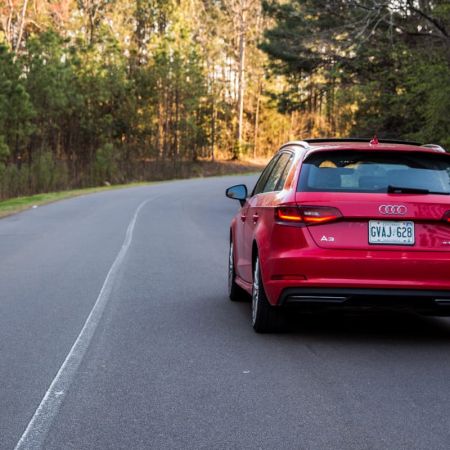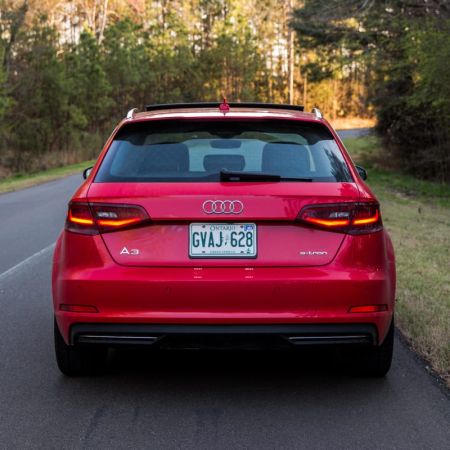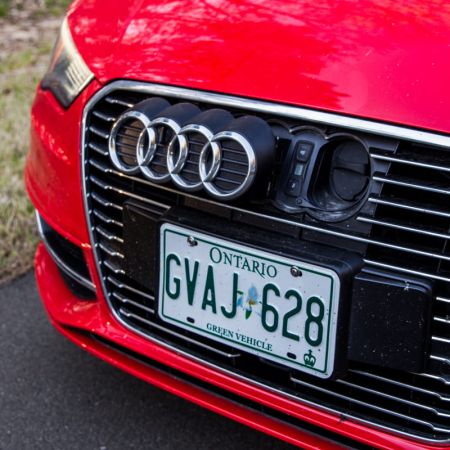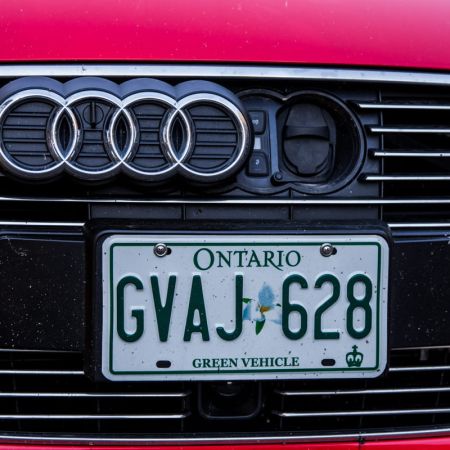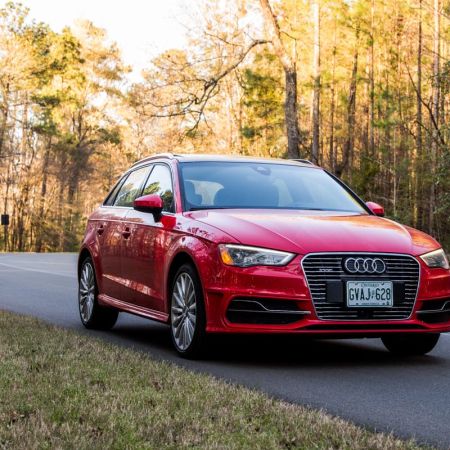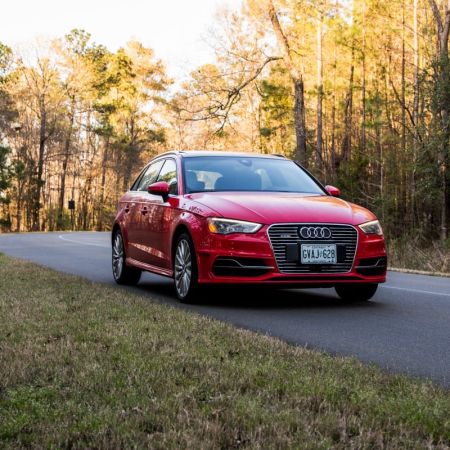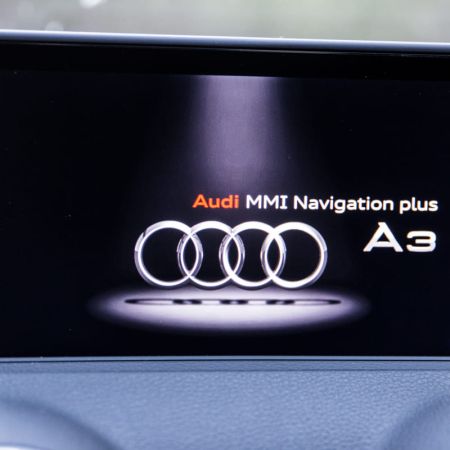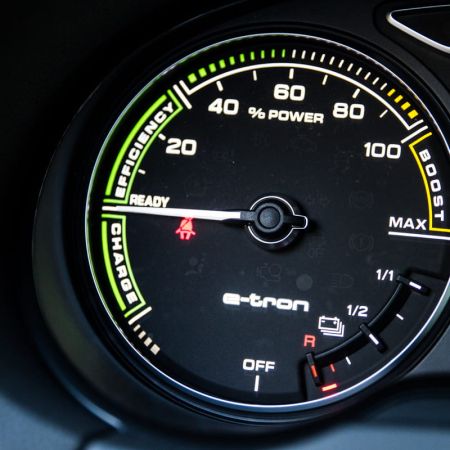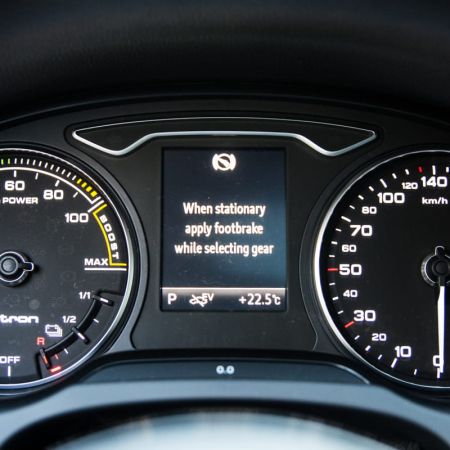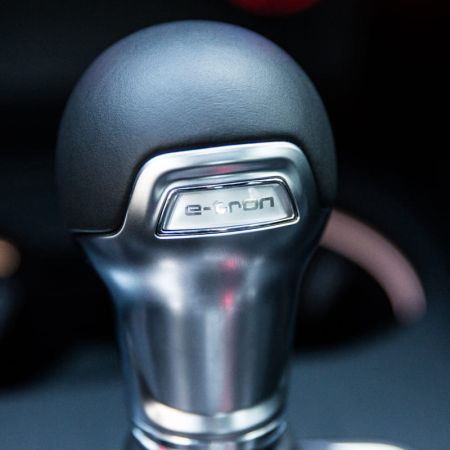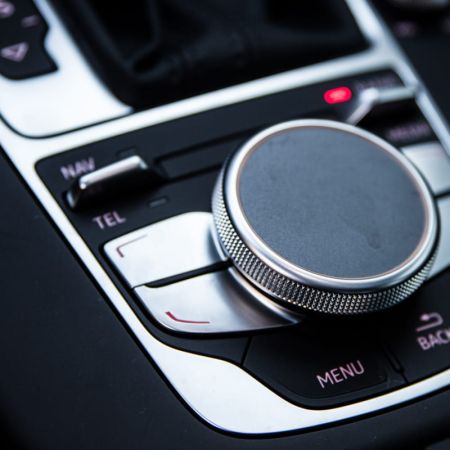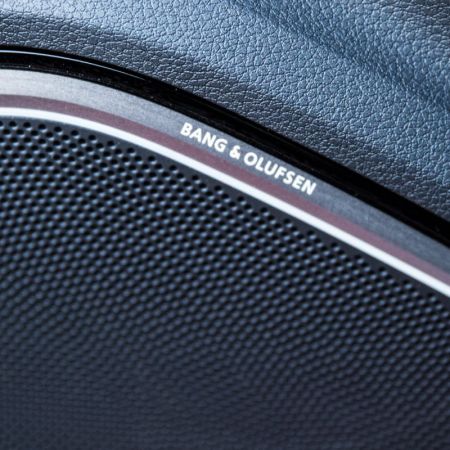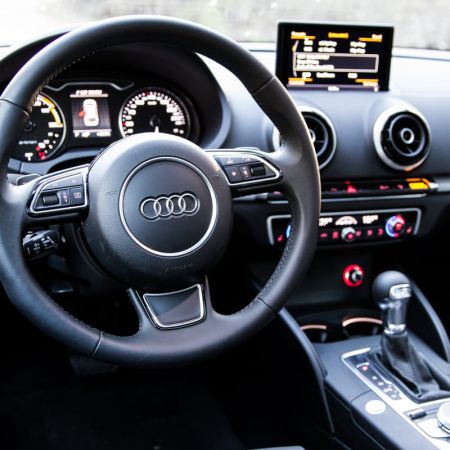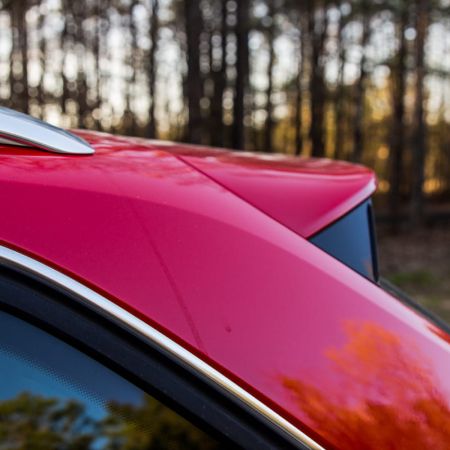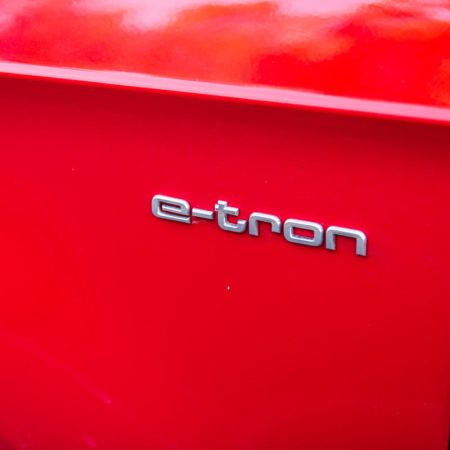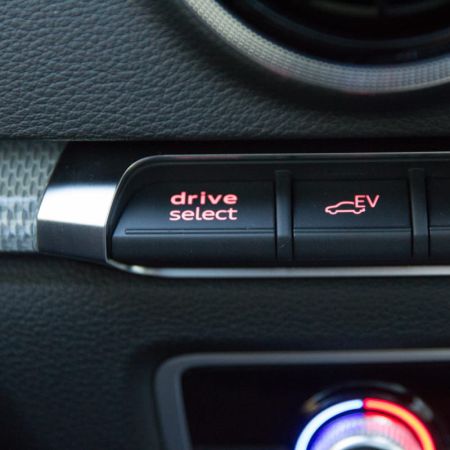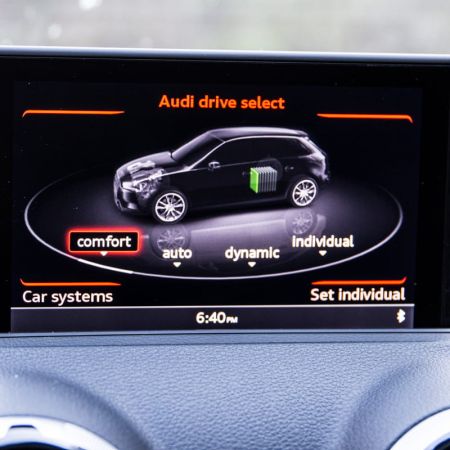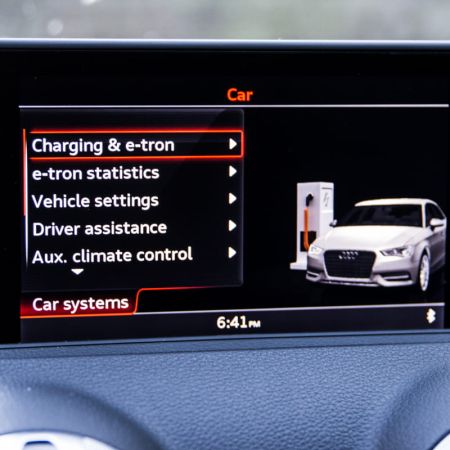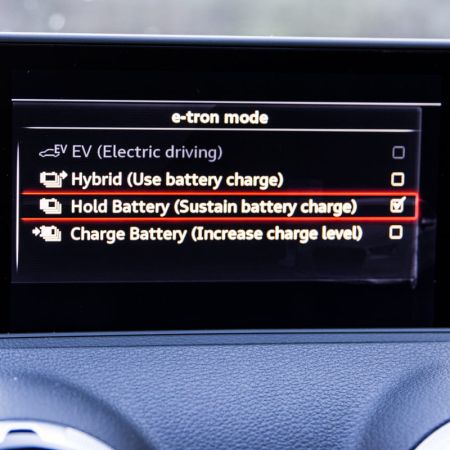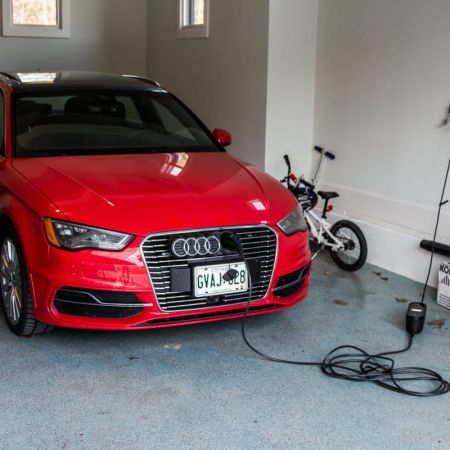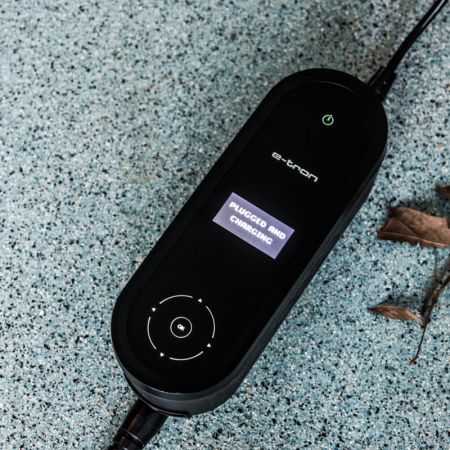We’ve now conducted full tests of the latest plug-in hybrid from Audi. The most common question I was asked each time I uttered the word “e-tron” is whether or not it can do long drives. Thanks to full support from Audi Canada’s PR team, we had the opportunity to do one of our longest road trips yet – from Toronto to Raleigh, North Carolina and back. All of this in the span of one week. The total drive was about 2800km, starting from Audi’s head office in Ajax, ON. We started the trip in a 2016 Audi A3 e-tron painted in a sexy Misano Red with a full battery charge and a full tank of fuel.
From past experience, I was able to determine that conditions permitting, the A3 e-tron can do between 28 and 45km on purely electric power, in “EV” mode. Naturally, this road trip would consist of a considerably longer distance. The 40L fuel tank would be our savior, and we would get a chance to use all modes including the conventional hybrid mode, full EV, as well as charge the car using the provided cable. Each time the A3 is started, it defaults to full EV mode. I had to make a mental note to myself to engage hybrid mode immediately, else the entire battery charge would deplete itself within the first half hour.
Setting off from Toronto around 5:00AM, the A3’s full LED headlights shone, quite literally. The cutoff is crisp and the LEDs provide excellent lighting around the car without being too bright. Audi, like the other German manufacturers, offers both front and rear fog lights for poor weather conditions. The perfect road trip playlist was also on loop, with the Bang & Olufsen sound system providing the utmost in clarity throughout the sound spectrum. At 6’1, I’m typically not a huge fan of the compact segment regardless when having to take a road trip, but the A3’s seats provide decent support and also have extendable thigh cushions.
In the past, Volkswagen and Audi would gladly offer up TDI diesel models for road trips, but in light of recent events, these vehicles are currently grounded and are not eligible for sale or media testing. It all worked out, because this gave us the chance to get a preview of what it’s actually like to do a long distance haul with a plug-in hybrid. The typical e-tron buyer would not be doing road trips regularly, and taking full advantage of charging at home. Presumably, the car would be able to perform on solely electric power for the vast majority of the buyer’s daily commute.
While conventional gasoline models of the Audi A3 receive turbocharged 1.8L and 2.0L four-cylinder engine (with the hot S3 receiving an even further boosted version of the latter), the A3 e-tron gets a rather interesting setup under the hood. The motor is a slightly tweaked version of the 1.4L TSI four-cylinder that we recently sampled in the Volkswagen Jetta (reviewed here), good for 150 horsepower and 184 lb-ft of torque. This motor works in harmony with a synchronous electric motor pushing 102 horsepower and 243 lb-ft. Both motors combined produce 204 horsepower and 258 lb-ft of torque, almost identical to a regular A3 with the 2.0 TFSI motor (reviewed here).
Though the vast majority of other green vehicles on the market employ CVT transmissions, Audi promises that the A3 e-tron is a performance-oriented hybrid. A bragging point for the powertrain is the six-speed S-tronic dual-clutch gearbox. It’s one of my personal favourites, and provides manual shift modes with paddle shifters as well as a dedicated sport mode that alters shift points appropriately for spirited driving. As a result, the e-tron feels just as lively as the traditional models, just with the added bonus of instantaneous torque from the electric motor.
Making generous use of the hybrid mode and not doing any battery regenerating on the long haul, I was able to get 6.5L/100km out of the A3 e-tron. This is obeying all speed limits and also using the radar-guided cruise control. The combined range with a full tank of fuel is about 585km, so I found myself stopping for gas quite a few times. The benefit? With fuel prices the way they are in the United States, each fill-up was less than $25 Canadian. The sweet spot for the A3 to get optimal fuel mileage seems to be about 105km/h. Any faster and I observed the instantaneous economy display worsen significantly.
Our drive allowed us the chance to enjoy the fantastic MQB chassis in a variety of situations. Whether we were cruising on perfectly-paved highways or slightly sketchy US routes, the ride in the A3 was very competent. The dampers do a great job of absorbing road imperfections and the car was planted nicely throughout the entire drive. Additionally, when booting through the mountains of West Virginia, we found the handling to be responsive and eager, almost reminiscent of the A3’s sibling, the Volkswagen Golf R (reviewed here).
As of right now, the e-tron model is the only way to get an A3 Sportback in North America. Audi has stated that this isn’t the case permanently, and that it’s only a temporary thing. It’s also front-drive only, as there is no e-tron quattro model at the time of this writing. The e-tron’s battery and charging gear doesn’t impede too much on trunk space, and we were easily able to store a week’s worth of luggage in the rear without any drama.
The last time I did a road trip with an Audi diesel was to Chicago this past summer, and the A6 TDI I reviewed showed numbers of 5.8L/100km all day long. This is an almost unheard-of number for a large sedan making full use of air conditioning and the massaging seats. I understand the implications around the whole diesel scandal, but the efficiency those engines deliver is simply unbeatable. In comparison, my A3 e-tron stickered at $47,990 before the green rebate offered by the Ontario government. After all is said and done, this car should be attainable in the $35-40,000 range including taxes, which is actually pretty remarkable.
One slightly confusing thing was with regards to Audi’s MMI system. When the A3 was introduced for the 2015 model year, it was introduced with a regular USB port and the updated MMI system. This change is also reflected on the S3 as well as the refreshed A6 and A7 families for the 2016 model year. Curiously, the e-tron requires use of the proprietary MMI cable, which costs up to $100 at Audi retailers. The MMI also gets the sharper graphics of the rest of the A3 lineup, but the software is older. I suspect this will be fixed for the next model year.
After spending a week nearly living in the 2016 Audi A3 e-tron, I came to the conclusion that it is an excellent city car, a wonderful daily driver, and an adequate road tripper. If your daily commute is lengthy and consists of significant highway driving, perhaps a traditional A3 sedan would be in the cards. City-dwellers or even baby boomers with minimal mileage to do and that have the infrastructure to take full advantage of the plug-in hybrid will find the A3 e-tron a worthy companion year-round.


